Milford Sound
Milford Sound (Māori: Piopiotahi, officially gazetted as Milford Sound/Piopiotahi) is a fiord in the south west of New Zealand's South Island within Fiordland National Park, Piopiotahi (Milford Sound) Marine Reserve, and the Te Wahipounamu World Heritage site. It has been judged the world's top travel destination in an international survey (the 2008 Travelers' Choice Destinations Awards by TripAdvisor) and is acclaimed as New Zealand's most famous tourist destination. Rudyard Kipling called it the eighth Wonder of the World. The fiord is most commonly accessed via road (State Highway 94) by tour coach, with the road terminating at a small village also called Milford Sound.
 Two swaggers boiling a billy of tea, Milford Sound by John Gibb, oil on canvas Christchurch 1886
Two swaggers boiling a billy of tea, Milford Sound by John Gibb, oil on canvas Christchurch 1886 The 151-metre (495 ft)[1] Stirling Falls were named after Frederick Stirling, Captain of HMS Clio.
The 151-metre (495 ft)[1] Stirling Falls were named after Frederick Stirling, Captain of HMS Clio.Milford Sound was initially overlooked by European explorers because its narrow entry did not appear to lead into such large interior bays. Sailing ship captains such as James Cook, who bypassed Milford Sound on his journeys for just this reason, also feared venturing too close to the steep mountainsides, afraid that wind conditions would prevent escape.
The fiord was a playground for local Māori[2] who had acquired a large amount of local marine knowledge including tidal patterns and fish feeding patterns over generations before European arrival. The fiord remained undiscovered by Europeans until Captain John Grono discovered it c.1812 and named it Milford Haven after his homeland in Wales. Captain John Lort Stokes later renamed Milford Haven as Milford Sound.[3] Following the passage of the Ngāi Tahu Claims Settlement Act 1998, the name of the fiord was officially altered to Milford Sound / Piopiotahi.[4]
While Fiordland as such remained one of the least-explored areas of New Zealand up to the 20th century, Milford Sound's natural beauty soon attracted national and international renown, and led to the discovery of the McKinnon Pass in 1888, soon to become a part of the new Milford Track, an early walking tourism trail. In the same year, the low watershed saddle between the Hollyford River and the Cleddau River was discovered, where the Homer Tunnel was to be developed about sixty years later to provide road access.[5]
As of the 2006 census, just 120 people lived in Milford Sound,[6] most of them working in tourism or conservation.
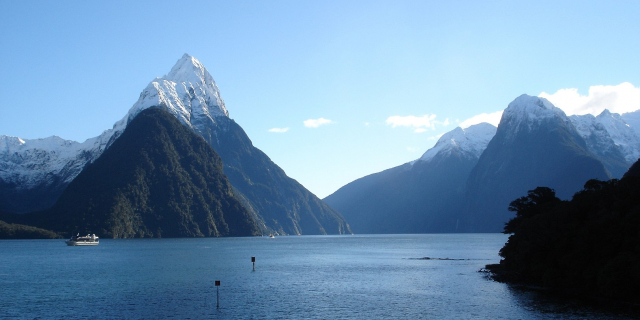



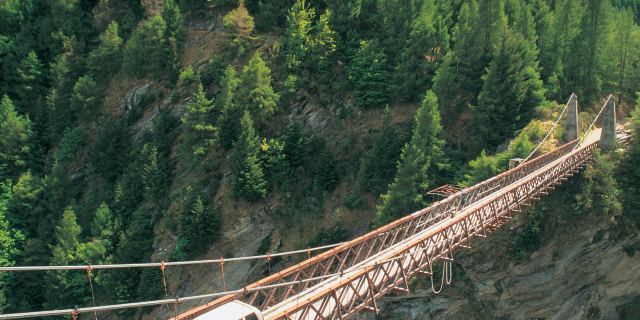

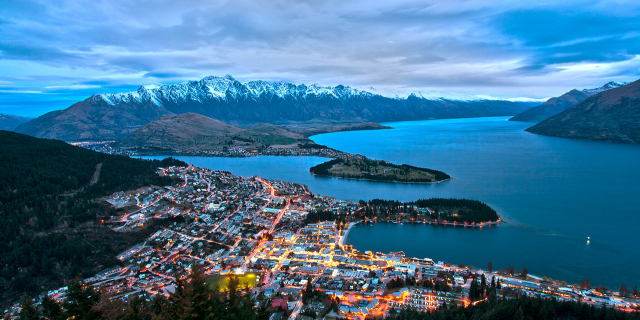

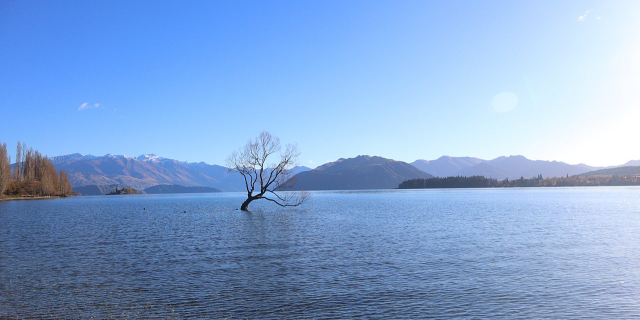



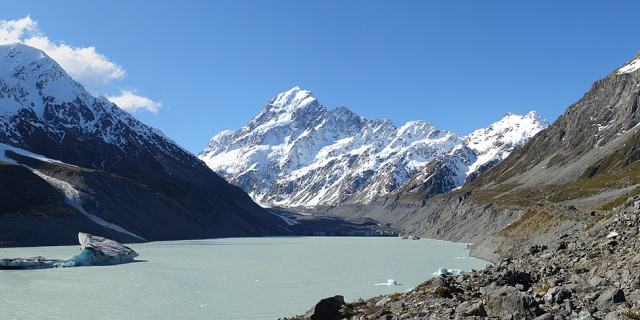
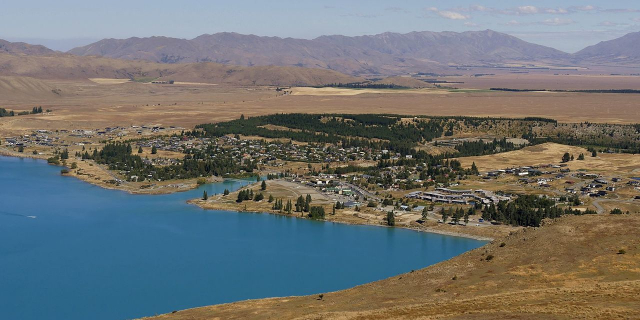


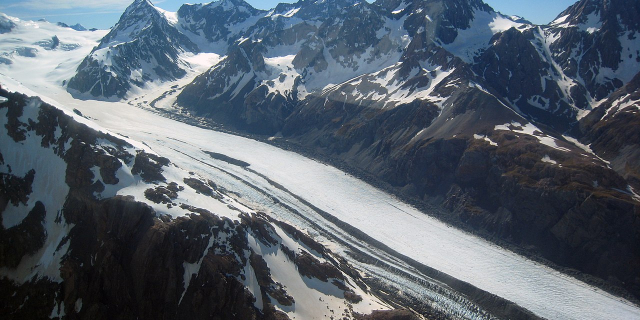

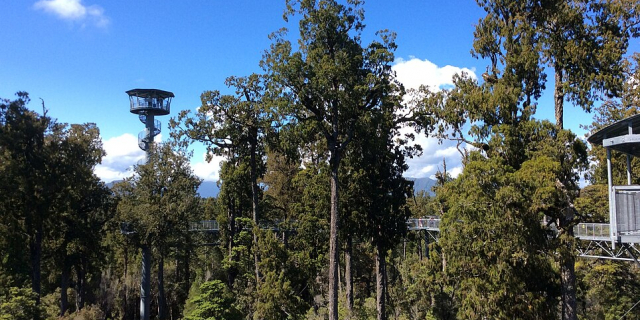

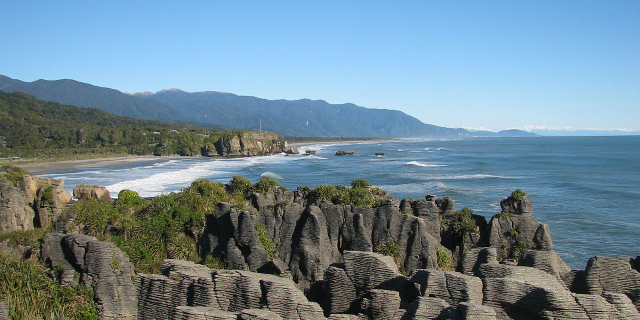



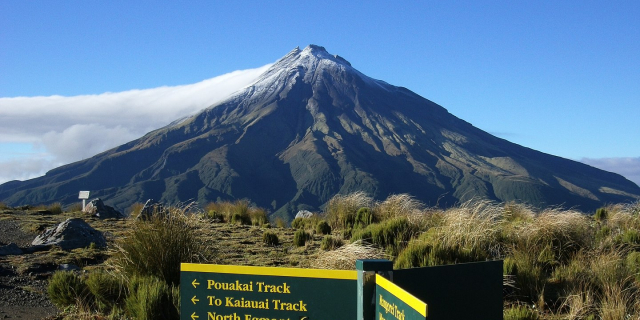
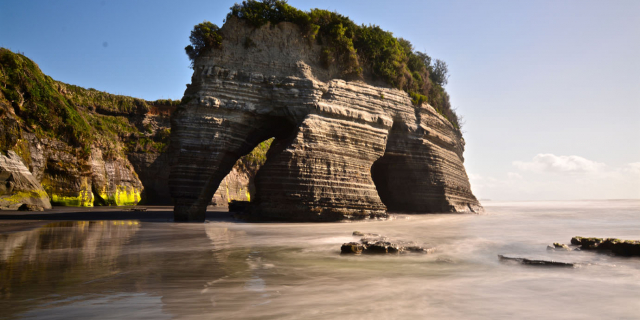


Add new comment